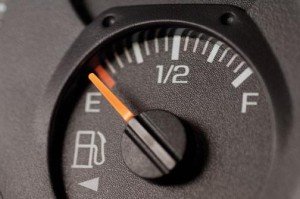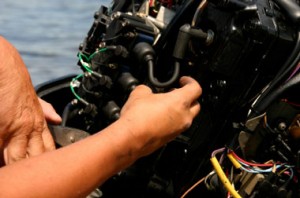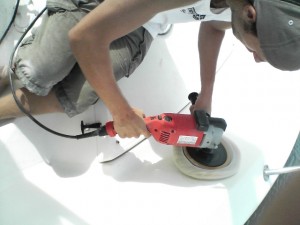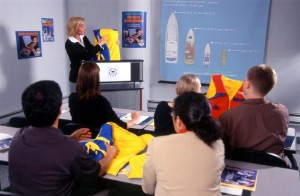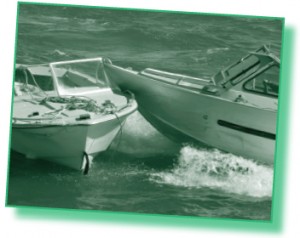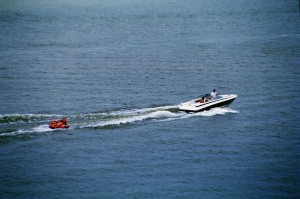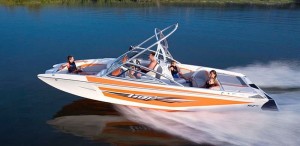Basic Boating Manners
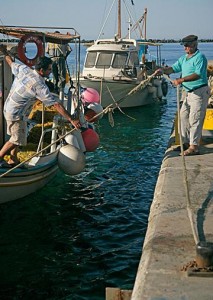 While there is a well-laid set of rules and regulations dictating the proper procedures on the road at all times, much of the marine code of conduct is simply understood. Most of your time on the water will be spent away from other boats, but it is crucial to know the appropriate course of action when encountering fellow seafarers. When passing another boat, be sure to give ample room so your wake doesn’t disrupt them too much; if you are the one being overtaken, slowdown to allow other boater to pass.
While there is a well-laid set of rules and regulations dictating the proper procedures on the road at all times, much of the marine code of conduct is simply understood. Most of your time on the water will be spent away from other boats, but it is crucial to know the appropriate course of action when encountering fellow seafarers. When passing another boat, be sure to give ample room so your wake doesn’t disrupt them too much; if you are the one being overtaken, slowdown to allow other boater to pass.
Especially if you are boating on a large body of water, it can be several miles to the next refilling station. To that end, I keep extra fuel and Evinrude XD 100 onboard in case of an emergency—either my own or a fellow boater’s. When docking your boat, there is often a lengthy line at the launch. As such, it is important to load your boat on the trailer in a timely fashion and clear the dock for other boaters. Since people can’t take numbers, it is on a first come first serve basis. It may seem tempting to cut in on an open dock, but before you do, make sure you aren’t impeding on someone else.


